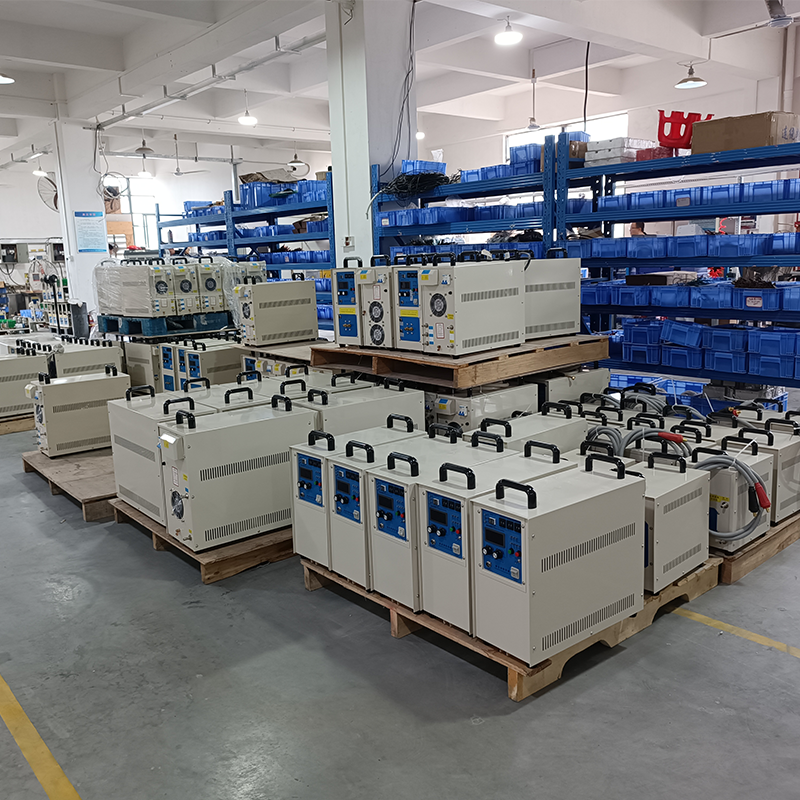The Difference Between Ultra-High Frequency Induction Heater and High-Frequency Induction Heater
Aug. 06, 2025
The core differences between ultra-high frequency induction heater and high-frequency induction heater lie in frequency range, heating characteristics, and application scenarios, as detailed below:
I. Differences in Frequency Range
Ultra-High Frequency Induction Heater
Frequency Range: 100 kHz - 30 MHz
Technical Features: It employs a current of a higher frequency, resulting in a significantly enhanced skin effect. The heating depth is extremely shallow (typically less than 0.1 mm), making it suitable for micron-level precision machining.
High Frequency Induction Heater
Frequency Range: 10 kHz - 1 MHz
Technical Features: It operates at a moderate frequency, with a relatively weak skin effect. The heating depth is approximately 0.1-1 mm, providing a balance between surface heating and a certain degree of penetration.
II. Comparison of Heating Characteristics
Characteristic | Ultra-High Frequency Induction Heater | High Frequency Induction Heater |
Heating Speed | Extremely fast (temperature rise in seconds), suitable for instantaneous heating requirements | Fast (temperature rise in seconds to minutes), suitable for conventional surface treatment |
Heating Depth | Extremely shallow (micron level), suitable for ultra-thin materials or tiny components | Relatively shallow (millimeter level), suitable for thin sheets or local heating |
Temperature Uniformity | Large local temperature gradient, requiring precise power control | Relatively uniform temperature distribution, suitable for large-area treatment |
Energy Efficiency | High-frequency losses are relatively large, but the skin effect reduces heat conduction waste | High energy utilization efficiency, suitable for continuous production |
III. Divergence in Application Scenarios
Ultra-high Frequency Induction Heater
Precision welding of electronic components: For instance, soldering chip pins and connecting micro-sensors, where it is necessary to prevent the diffusion of the heat-affected zone.
Heat treatment of ultra-thin metal parts: Such as annealing 0.01mm-thick stainless steel foil to maintain material flexibility.
Processing of medical devices: For example, local quenching of surgical blades to ensure a balance between edge hardness and handle toughness.
Aerospace micro-components: Such as micro-hole cladding on turbine blades, achieving repair precision at the micrometer level.
High Frequency Induction Heater
Metal quenching: For instance, surface hardening of gears and shafts to improve wear resistance.
Welding processes: Such as brazing of cutting tools and hardware components for efficient joining.
Metal melting: Small-scale melting and casting of precious metals, such as gold and platinum purification.
Thermal assembly/disassembly: For example, heating bearings for installation to avoid mechanical damage.
IV. Suggestions on Technology Selection
Choose Ultra-High Frequency (UHF): Opt for this if you need to process tiny components, ultra-thin materials, or require extremely high-precision machining (such as in semiconductors and medical devices), and can accept higher equipment costs.
Choose High Frequency (HF): Select this if you require surface hardening, welding, or conventional heat treatment (such as for automotive parts and hardware tools), aiming for a balance between cost-effectiveness and production efficiency.










